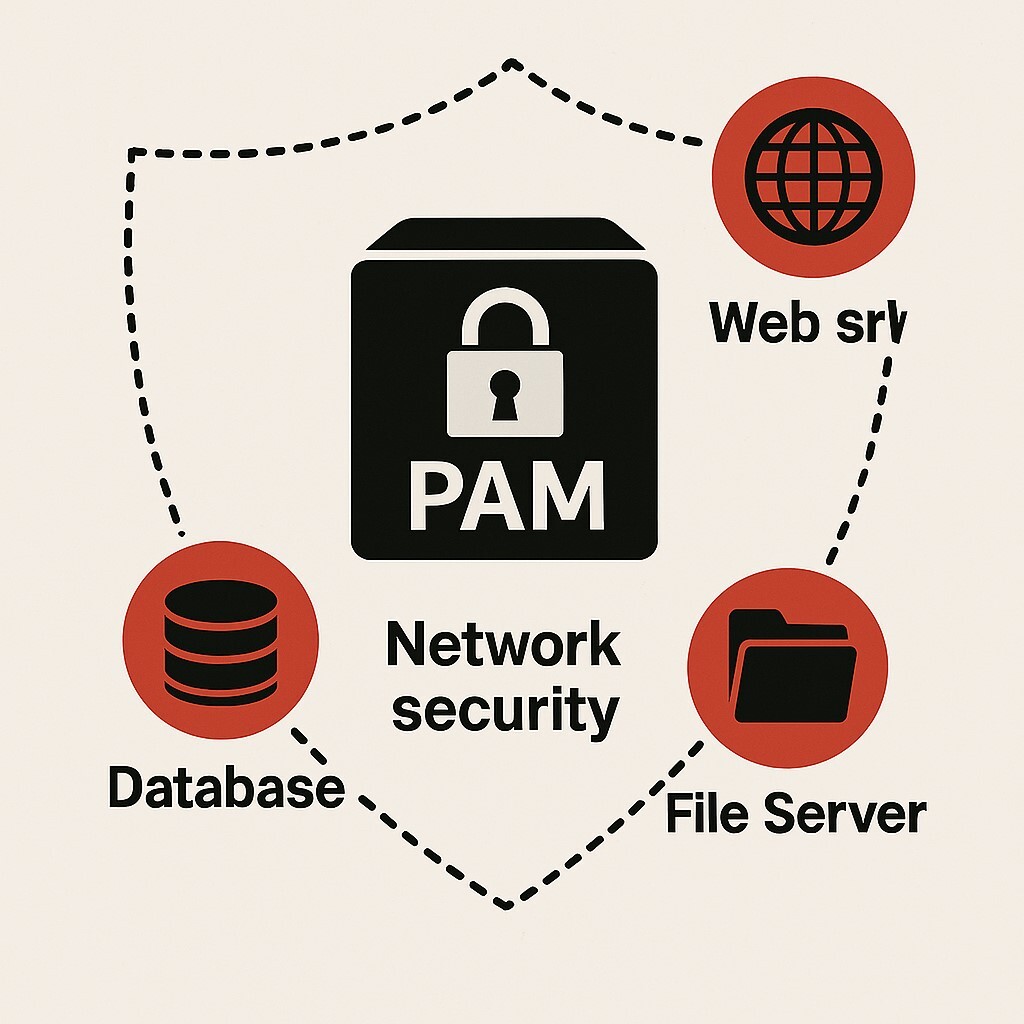🔐 Clientless Multi-Layer Security
FID-PAM enables secure access to systems and servers directly through a web browser—no need for additional client software. This not only simplifies deployment but also significantly reduces the risk of third-party software vulnerabilities.
📹 Session Recording and User Activity Monitoring
All user sessions are fully recorded in video format and are searchable. This allows administrators to review user activities at any time, ensuring accountability and compliance with organizational policies.
👥 Role-Based Access Control (RBAC)
With finely-tuned role-based access, each user is granted access only to the resources they are authorized for. This minimizes the risk of human error and prevents unauthorized access.
📊 Advanced Reporting and Behavior Analytics
FID-PAM generates comprehensive reports and behavioral insights from access logs and user activity. These insights help security teams detect potential threats and make informed decisions swiftly.
🛡️ Integration with Active Directory and Identity Systems
FID-PAM integrates seamlessly with identity providers such as Active Directory, LDAP, and RADIUS to ensure centralized authentication and streamlined user management.
⚙️ Fully On-Premise Deployment
FID-PAM is deployed entirely on-premise, with no need to store sensitive data in the cloud. This ensures full data sovereignty and compliance with organizational and regulatory privacy standards.
💡 Locally Developed and Customizable
FID-PAM is developed in-house and tailored to meet the specific needs of Iranian organizations. Its development roadmap includes AI-powered threat detection, real-time alerts, and support for industrial network (OT) infrastructures.


